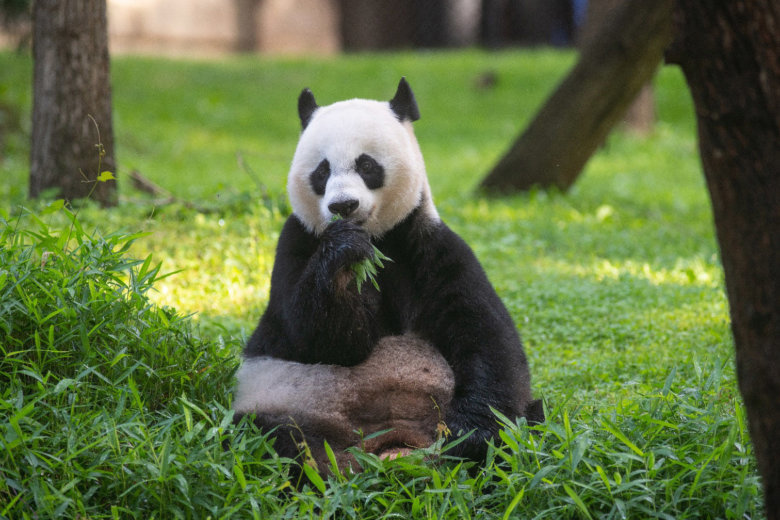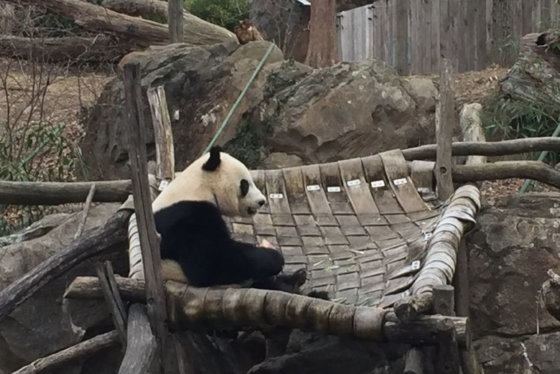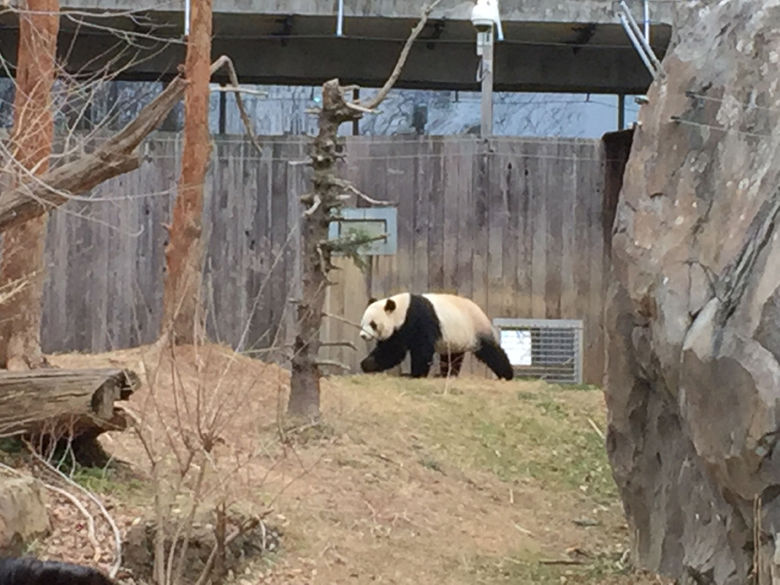
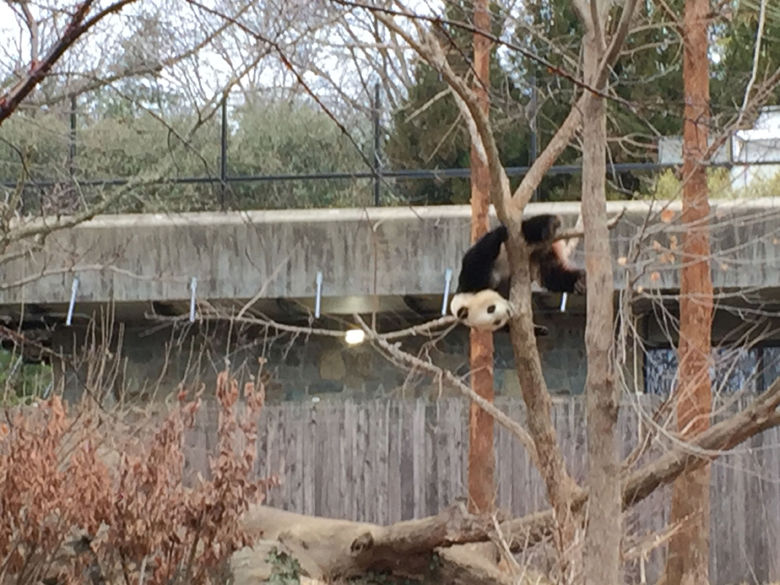
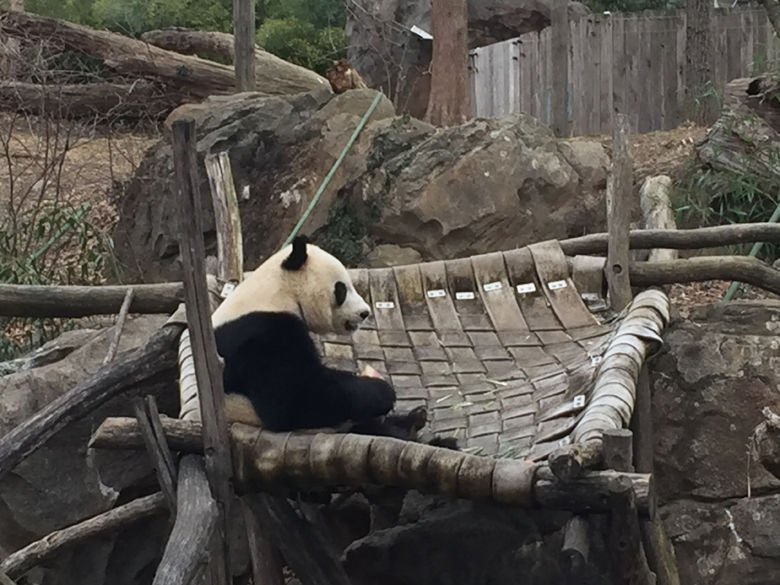
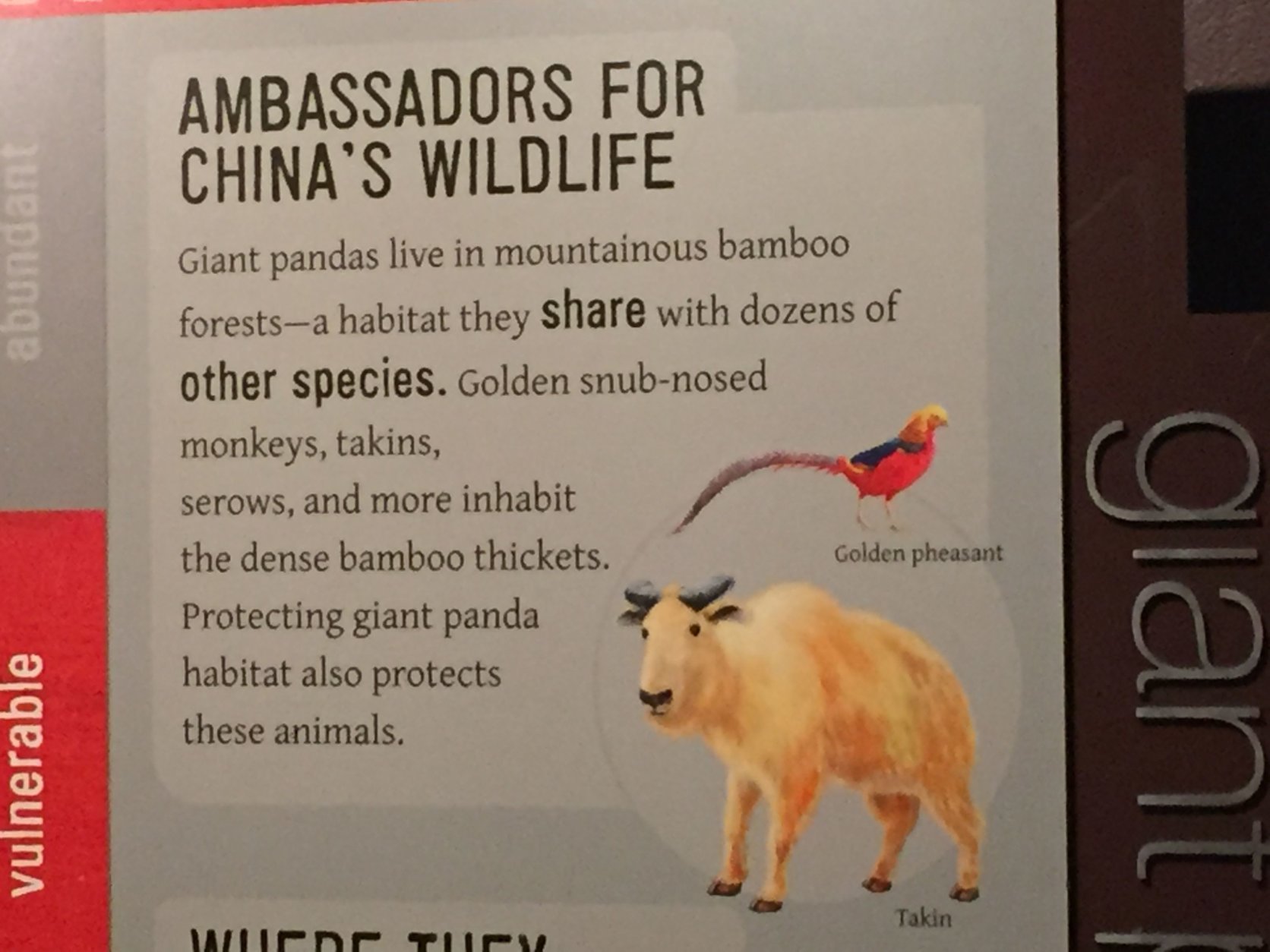
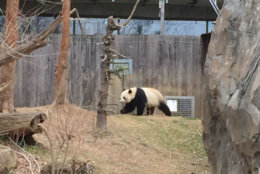
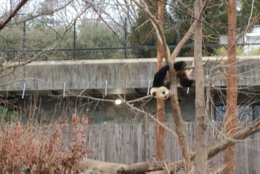
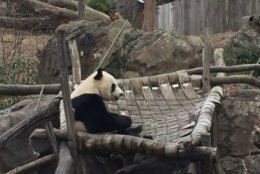

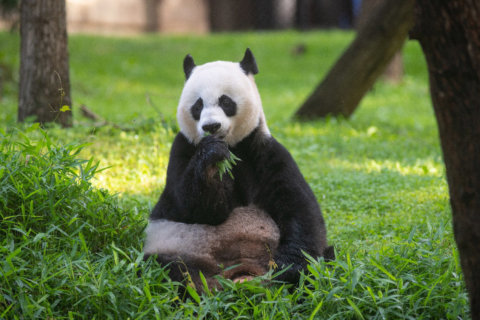
WASHINGTON — It wasn’t that long ago the giant panda was considered an endangered species, with a dwindling population that led to worries about extinction. But today that’s no longer the case. As the population has begun to rebound the species has been “uplisted” to what’s now considered “vulnerable” status.
Fans of the giant pandas can feel free to take some of the credit for that improvement, because interest in the popular mammals plays a part in that development.
“I think as a charismatic mammal — conservationists have sort of capitalized upon that,” admitted Michael Brown-Palsgrove, who is the curator of the panda exhibit at the National Zoo.
“Being able to reach the public and get support for our research in China is really critical,” said Melissa Songer, a conservation biologist at the zoo who has spent lots of time in China studying wild pandas. “At the national zoo we’re able to reach so many visitors and inform them on threats to pandas and also the advances in conservation of pandas.”
She admits that it helps that the Chinese government share the same desire to study and save the wild panda population there. The research conducted in part by zoo scientists has been beneficial in helping the Chinese government make informed decisions aimed at achieving that goal.
“The Chinese government is very on board with figuring out how to help the pandas in the wild,” said Songer. “That’s the great part about it. They want to do that.”
She said the evidence of that includes prohibitions put on logging in areas where the panda species live.
“They have tripled the number of protected areas for giant pandas, and also created incentives for areas that have been cut for agriculture, creating incentives for getting it back to forest,” Songer said. “These are huge initiatives that have made a big difference in terms of improving the habitat, expanding it.”
And she said it’s not just pandas that are benefiting and increasing in population.
“You have thousands of other species that are also benefiting from that protection, so we call them an ‘umbrella species’ for that reason,” added Songer.
Other animals also on the upswing include the red pandas, golden pheasants, the golden snub-nosed monkey and takins.
“But also all kinds of species that people don’t get excited about that are really important for maintaining the balance in the ecosystem. Even though we get excited about pandas and other big mammals a lot of times we call the charismatic animals, we need all of them. We need all the others that people don’t get excited about,” Songer said.
So as Brown-Palsgrove notes, “in saving the giant panda we’re able to save lots of other species as well.”

